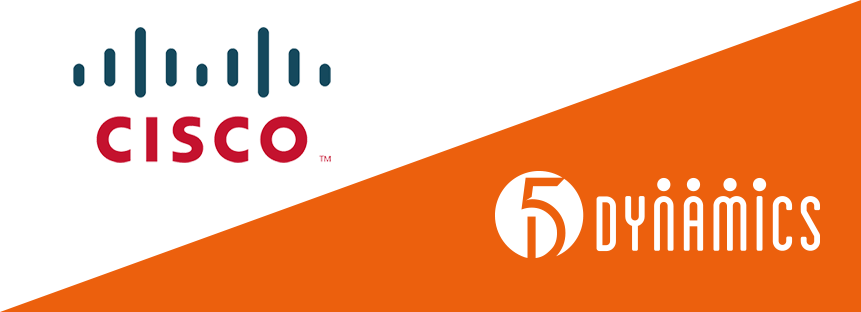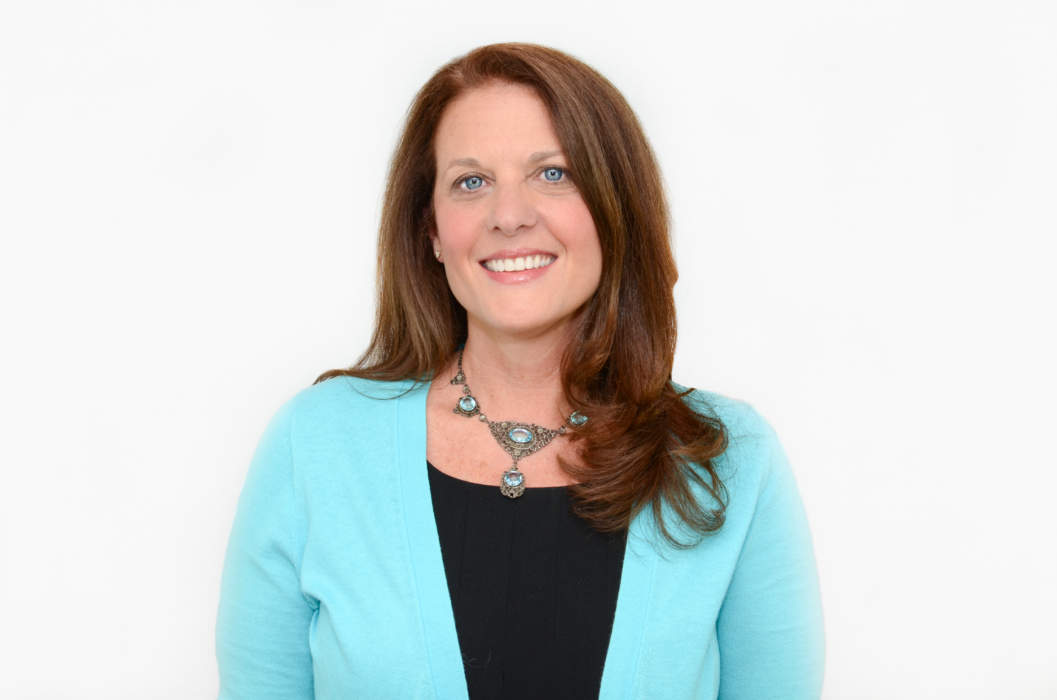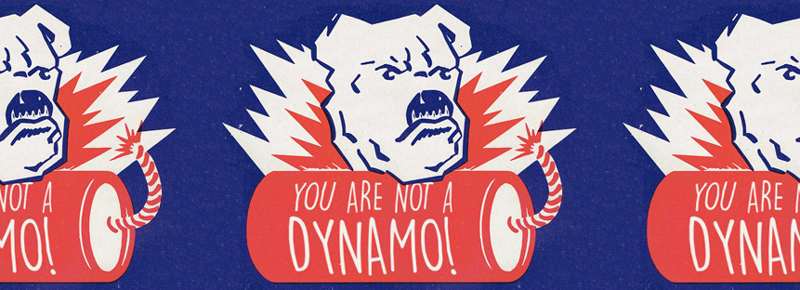5 Dynamics and Cisco

If you’re asked to design a better phone booth, you’ve been given the wrong question.
Your first design might not meet people’s needs.
That’s where you dial up human-centered Design Thinking. Design Thinking redefines the problem as a goal—e.g., “to engage with information anywhere”—in a way that deeply understands and meets the needs of the ultimate end users: real people.
Cisco, a new customer of 5 Dynamics, is doing just that and has enlisted our methodology in the cause. As cloud technology (the distribution of information processing and storage) and other competitors try to upend core parts of Cisco’s business, the networking giant has responded by creating a “Transformation Team” in its Enterprise Networking Group to launch a variety of initiatives, including design thinking.
Enterprise is by far the largest of Cisco’s four product groups. Its major initiative, Digital Network Architecture, emphasizes virtualization, automation and analytics, adding a higher level of intelligence and value to Cisco’s traditional offerings.
Maria Currier is the program manager for the design thinking initiative. “Several months back we had conversations around ways to make the best product management organization not only within Cisco but worldwide. A lot of different things came from that conversation, including human-centered design and design thinking. We were launching DNA, a new product group, and decided to put the two together.”
Fortuitously, IDEO is a global leader in design thinking, as well as an enterprise 5 Dynamics customer.
Maria’s group put together an interdisciplinary team of two dozen people and created a physical space where they could work together. “It started out playful but had a serious intent. We put in toys, a Lego wall, and had creative games where they would design a marble run or build the tallest tower out of available materials. They goals were to change people’s ways of thinking and working together.”
Like many other product companies, Cisco would traditionally have created separate teams that passed work back and forth. Maria’s Design Center 1.0 has blown that up.
“One of the most interesting things is the visibility. We’re taking work off of the computer and putting it on giant foam core boards and sticky notes. We project constant updates to rotating PowerPoint presentations, and hold continual meetings where teams sync up. This takes people out of their day-to-day normal life. We’re giving a process and a language around design thinking that they can use to communicate across the various teams and levels and job structures they are used to. We’ve created individual goals for each team and a common goal. By taking out physical and artificial boundaries, it helps people think and learn in ways that were not previously available.”
Following the standard approach, Cisco would have “held a series of meetings and done projects individually. There’d be smaller numbers of people doing hands-on work–less collaboration. Here, anyone can walk through and see idea maps and timelines. It has inspired other groups to ask ‘How can we do this? How can we take this through our team?’”
Maria’s early tips for groups contemplating such an initiative:
- Just jump in. We learned more from practicing and watching what happened. We were nervous kicking it off, wanted everything in place. That is not how it works; put the team in the space and watch them work
- Make it visual. Provide lots of white boards, markers and pens, and media. Make it visible. See what happens
- Create a physical environment. Changing the workspace changes the collaboration and the kinds of thinking that go on.
Her biggest obstacles were “a wide variety of backgrounds and personalities. These people are used to working in standard teams. This is a very different way of working for them. The good thing is that in a new environment—new people, new approach, new product—they’re adapting and producing well. There are a lot of people who want it to go very well.”
Inevitably, there are “disagreements and people trying to get on the same page. This first launch is an eight-week project, and we don’t have time for team storming and norming.”
Maria brought in 5 Dynamics “to speed up the process and get to functional outcomes faster. There’s one additional positive. When you are thinking about empathy and Human Centered Design it is easy to forget that the person next to you is a human being you might be designing for. It’s nice to know what this person enjoys, how they think, how they work.”
With this earliest experience, Maria views 5 Dynamics as a “methodology we hope to leverage going forward to help teams understand each other better. We hope to take this knowledge and extend it to customers and users. We want to understand where they are coming from and apply it to themselves and the product.”


